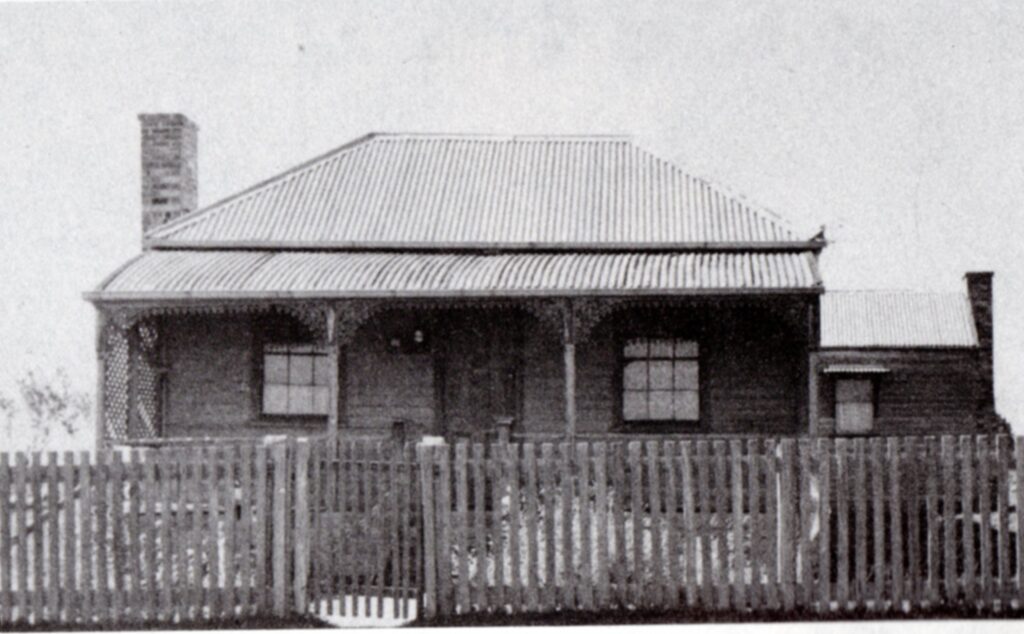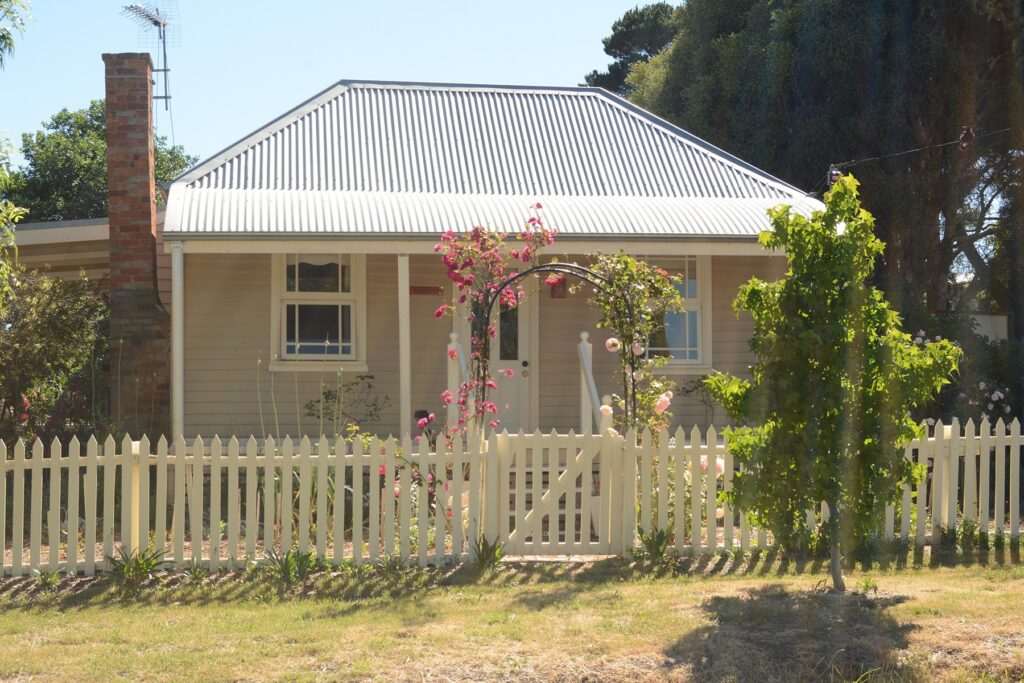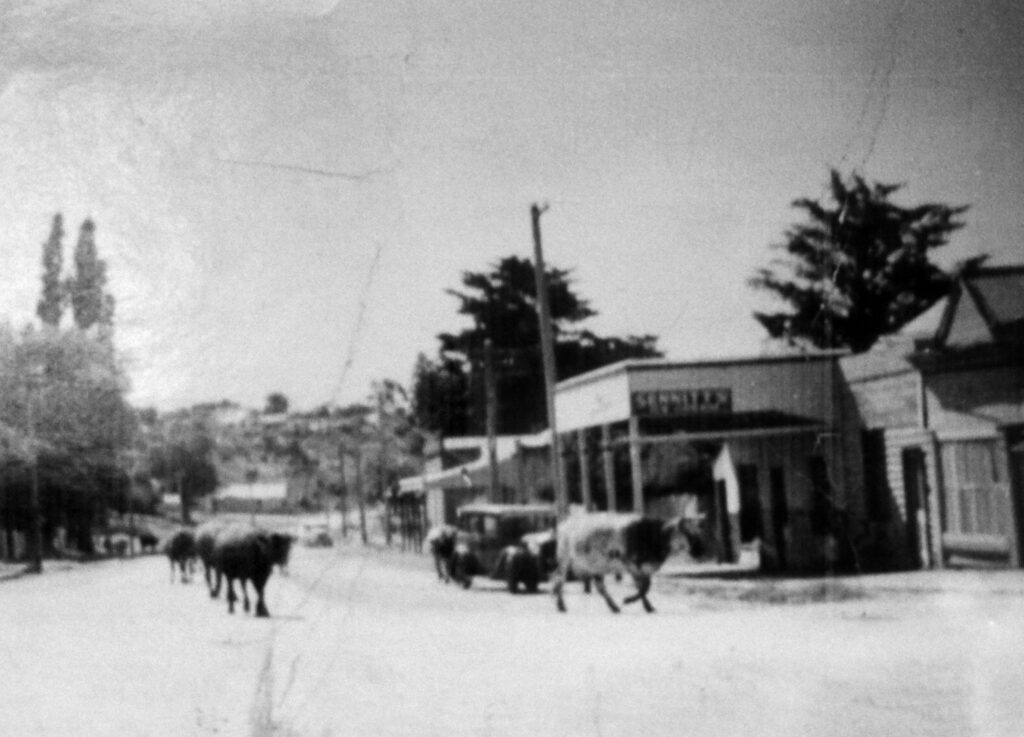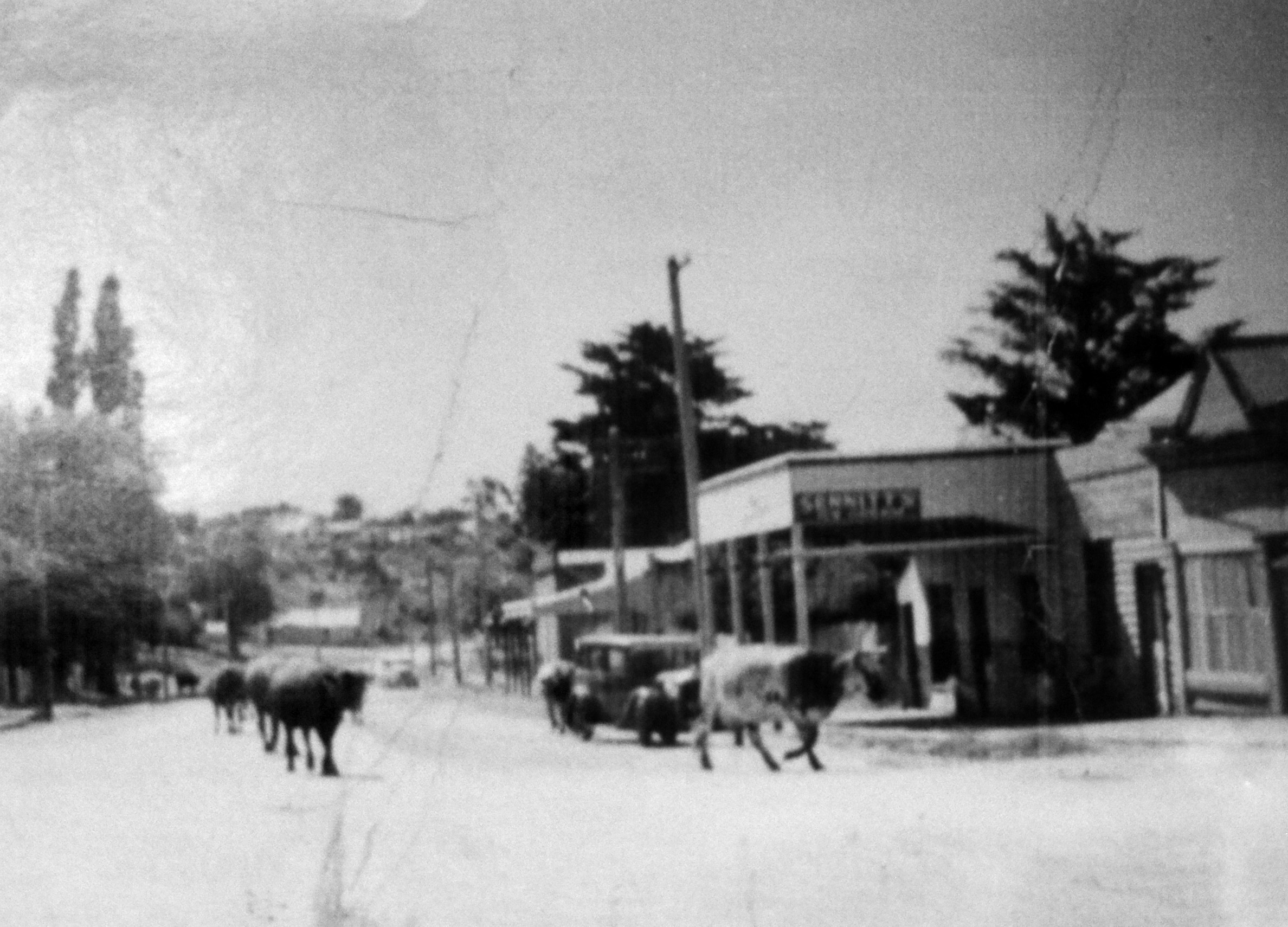November 29th, 2020Keeping up with the Joneses in Clunes
But when mining eventually came to an end, Clunes, like many resource boom towns, started to wither. By the 1930s the population had drastically declined and the place was practically a ghost town. Those who remained had to find jobs in the factories of Ballarat, as agricultural workers or they went hungry.
One of the families who remained were the Jones family. They were descended from William Jones, a native of north Wales who came to work the mines in the 1860s. While the elder Jones left Clunes for richer pickings in Western Australia, many of his children and grandchildren remained in what became a quiet backwater.

One of those descendants was Lloyd Jones, born 1933, who produced a book in 1989 about his childhood years, Just a Boy From the Bush. It is a highly detailed account of life growing up during the depression years in Clunes and regional Victoria and a window into another world.
Lloyd’s father Edward Jones was a typical rural worker of the time, moving from job to job, depending on the season in order to provide for his wife Florence and 13 children, as Lloyd recalls:
“Throughout his long working life, my father was a ‘jack-of-all trades’ – a man who could turn his hand to almost anything. He was a most proficient shearer – and for virtually all of his adult life was a member of the Australian Workers’ Union. During the Summer months he was usually employed in harvesting, he was an expert at building fences and fancied himself as a bush carpenter. On top of all that he kept us well provided with vegetables from his garden.”

At a time when roads were poor and not everyone could afford a car to travel them, life in places like Clunes was both insular and self-sufficient. Every place had its garden and large store of firewood with some other necessities provided by regular visits from the butcher, grocer, fruit vendor and chaff man. While Clunes was finally connected to the state electricity grid in 1938, the average house lacked this technological marvel along with all the toys and conveniences powered by it. Which meant of course, poor old Florence (Ed was often away working) had to take care of all the household duties, including cooking, cleaning and washing by hand.But kids such as Lloyd and his siblings could not be loafers and were expected to carry some of the load. In his memoirs, much of what he did outside of school was expressed as youthful adventure including snaring rabbits, collecting loads of firewood in the middle of Winter and feeding, rounding up and milking a mob of cows every morning and night. One could also see his activities as child slavery, it all depends which way you wear your rose-tinted glasses.

“Finding the cows (on the Clunes public common) and bringing them home was virtually a daily occupation for most of my school days. On these daily trips I certainly learned all about the vagaries of our climate and I doubt whether the memories of extreme heat and biting southerly winds will ever leave me.”
Lloyd Jones spent most of his youth living in the family home in Canterbury Street on the north side of town. Backed on the town common, it was a modest weatherboard cottage with a corrugated tin roof built from 1860 to 1880. These days when a person decides to build their regional dream home they usually lay down the entire edifice all at once, working off a comprehensive plan. Besides being horrendously expensive up front, it also takes a greater time to build. Which is funny considering all the tools and construction conveniences we have today. Nothing could be further from a typical working man’s house back then which was built small and quickly, then extended over time as needed.
“Originally there were two front rooms built at a higher level than the rest of the house,” writes Lloyd. “Gradually the size and shape of the building altered somewhat as the years went by and the family increased. A front verandah and wooden dairy which served as a bedroom, with various sheds and outside lavatory at the rear of the block, completed the picture.”
In those times, the house sat between two vacant blocks. The land around Clunes was mostly bare and wandering goats munched on gorse and blackberry bushes in Creswick Creek. A far cry from the leafy surrounds of the former Joneses’ family home which still stands today.
Pictured, above, the Joneses’ family home in the 1930s from the book Just a Boy From the Bush and courtesy of the Clunes Museum
Pictured, below, the house today, and Clunes of old
Words & second image: Tony Sawrey










